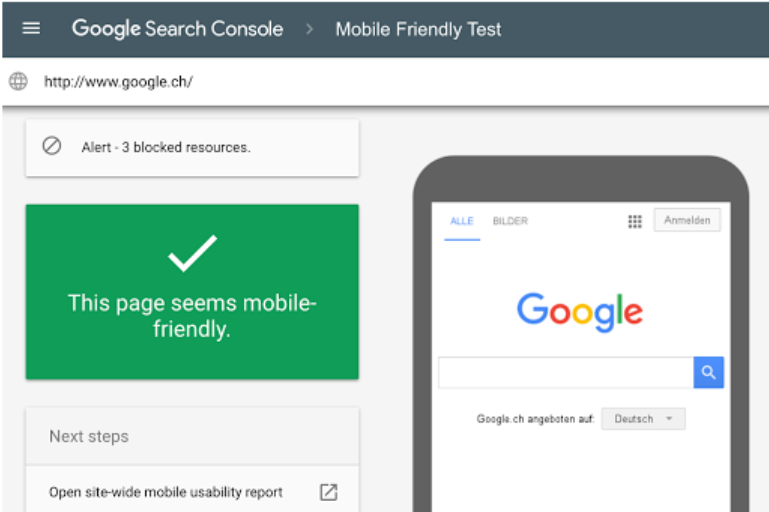On-Page SEO Checklist: 15 Steps to Higher Rankings
 Deepshikha Yadav
Deepshikha YadavSEO is constantly evolving, but on-page SEO remains the foundation for ranking success. Whether you're optimizing a new website or improving an existing one, this 15-step on-page SEO checklist will help you boost your rankings with proven strategies that stand the test of time.
1. Optimize Title Tags with Target Keywords
Your title tag is the first thing users and search engines see. Include your target keyword naturally within 50-60 characters to improve relevance and click-through rates. A compelling title tag helps attract more users from search engine results.
Best Practices:
Be between 50-60 characters.
Include your primary keyword.
Be compelling to improve click-through rates (CTR).
Avoid keyword stuffing.
Example:
Poor: "Best Shoes for Running"
Optimized: "Best Running Shoes for Marathon Training | Buy Now"
2. Craft Compelling Meta Descriptions
Meta descriptions don’t directly impact rankings, but they affect click-through rates (CTR). A well-written meta description encourages users to click your result instead of competitors. Keep them within 150-160 characters and make them engaging.
Best Practices:
Include your target keyword naturally.
Keep it under 160 characters.
Make it compelling and action-oriented.
Avoid duplication across pages.
Example:
- "Discover the best running shoes for long-distance training. Shop top-rated brands and get expert recommendations."
3. Use SEO-Friendly URLs
Short, descriptive URLs improve readability and ranking potential. Avoid long, confusing URLs and use relevant keywords to make the URL easy to understand for both users and search engines.
Best Practices:
Keep URLs short (under 60 characters).
Use hyphens instead of underscores.
Avoid numbers and special characters.
Include target keywords naturally.
Example:
Poor: https://algoexchange.in/p=345
Optimized: https://algoexchange.in/best-seo-tools-2024
4. Leverage Header Tags (H1-H6) for Structure
Headers organize content for users and search engines. The H1 tag should contain the main topic, while H2-H6 subheadings help break content into readable sections, improving user experience and SEO.
Best Practices:
Use a single H1 tag per page.
Use H2s for main sections and H3s-H6s for sub-sections.
Include keywords naturally in headers.
Example:
<h1>Best SEO Tools for 2024</h1>
<h2>1. Keyword Research Tools</h2>
<h3>a. Google Keyword Planner</h3>
5. Optimize Content for Readability
Readable content keeps users engaged and reduces bounce rates. Use short paragraphs, bullet points, and simple language to enhance the user experience.
Best Practices:
Use short paragraphs (2-3 sentences max).
Use bullet points and lists for clarity.
Write in simple, conversational language.
6. Implement Internal Linking
Internal links help distribute link equity, guide users to related content, and keep visitors on your site longer.
Best Practices:
Link to relevant pages naturally.
Use descriptive anchor text.
Avoid excessive internal linking.
Example:
Before: "Learn about keyword research."
Optimized: "Learn more in our keyword research guide."
7. Add External Links to High-Authority Sources
Citing reputable sources builds credibility and helps search engines verify content accuracy.
Best Practices:
Link to high-authority sites (Google, Moz, Search Engine Journal, etc.).
Use relevant anchor text.
Open external links in a new tab.
8. Use Keyword Variations Naturally
Instead of keyword stuffing, use LSI (Latent Semantic Indexing) keywords to make content more natural and diverse.
Best Practices:
Use synonyms and related terms.
Maintain natural readability.
Avoid keyword repetition.
Example:
Primary Keyword: "Best SEO tools"
LSI Keywords: "SEO software", "SEO analysis tools", "SEO audit tools"
9. Optimize Images with Alt Text
Search engines can’t “see” images, so use alt text to describe them. This helps in image SEO and improves accessibility.
Best Practices:
Use descriptive, keyword-rich alt text.
Keep alt text under 125 characters.
Avoid stuffing keywords.
Example:
<img src="seo-tools.jpg" alt="Best SEO tools for keyword research">
10. Improve Page Speed
Google prioritizes fast-loading websites because they improve user experience.
Quick Fixes:
Compress images (use TinyPNG or ShortPixel).
Minimize CSS/JavaScript.
Enable browser caching.
11. Ensure Mobile-Friendliness
Google’s mobile-first indexing means your site must be fully responsive.
Best Practices:
12. Optimize for Featured Snippets
Featured snippets can increase your visibility in Position Zero on Google.
Best Practices:
Answer questions concisely.
Use bullet points or numbered lists.
Structure content with proper headings.
13. Improve Dwell Time with Engaging Content
Dwell time impacts rankings as it indicates content relevance.
Best Practices:
Embed videos and infographics.
Add interactive elements.
Use storytelling to keep readers engaged.
14. Use Schema Markup for Rich Results
Schema markup helps search engines understand content better.
Best Practices:
Use JSON-LD structured data.
Implement schema for articles, products, reviews, and FAQs.
Example:
15. Regularly Update Content
Google prefers fresh, updated content.
How to Update Content:
Add new statistics or trends.
Update images and examples.
Improve readability and structure.
Conclusion
Following this 15-step on-page SEO checklist will help you rank higher and drive more organic traffic. Focus on keyword optimization, user experience, and technical SEO, and keep your content fresh and valuable.
Want expert SEO guidance? Visit AlgoExchange for SEO tips and strategies!
Subscribe to my newsletter
Read articles from Deepshikha Yadav directly inside your inbox. Subscribe to the newsletter, and don't miss out.
Written by

